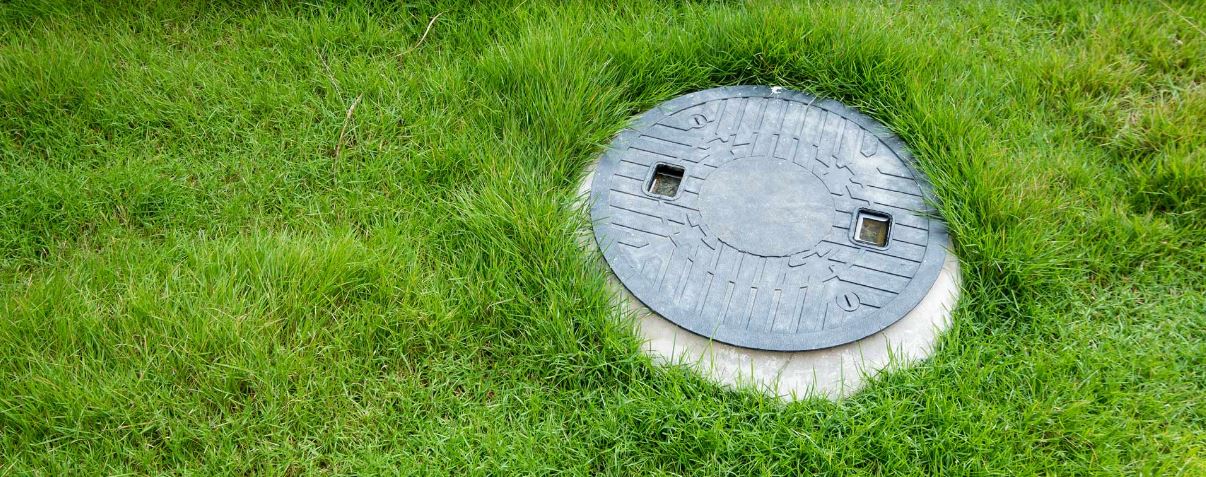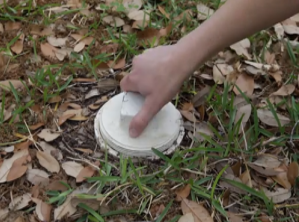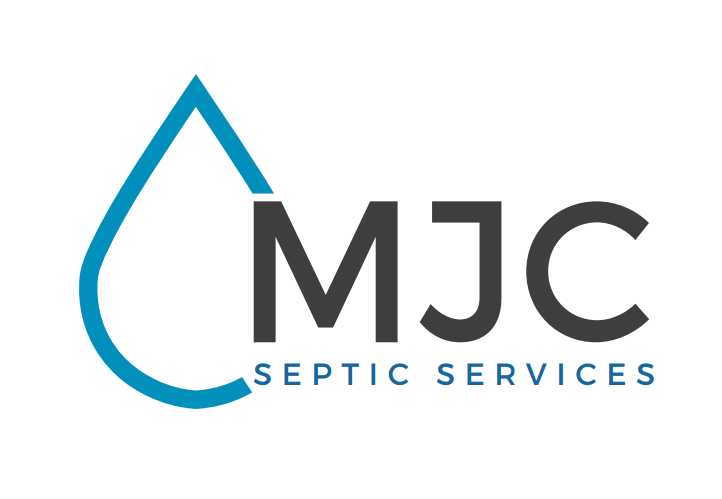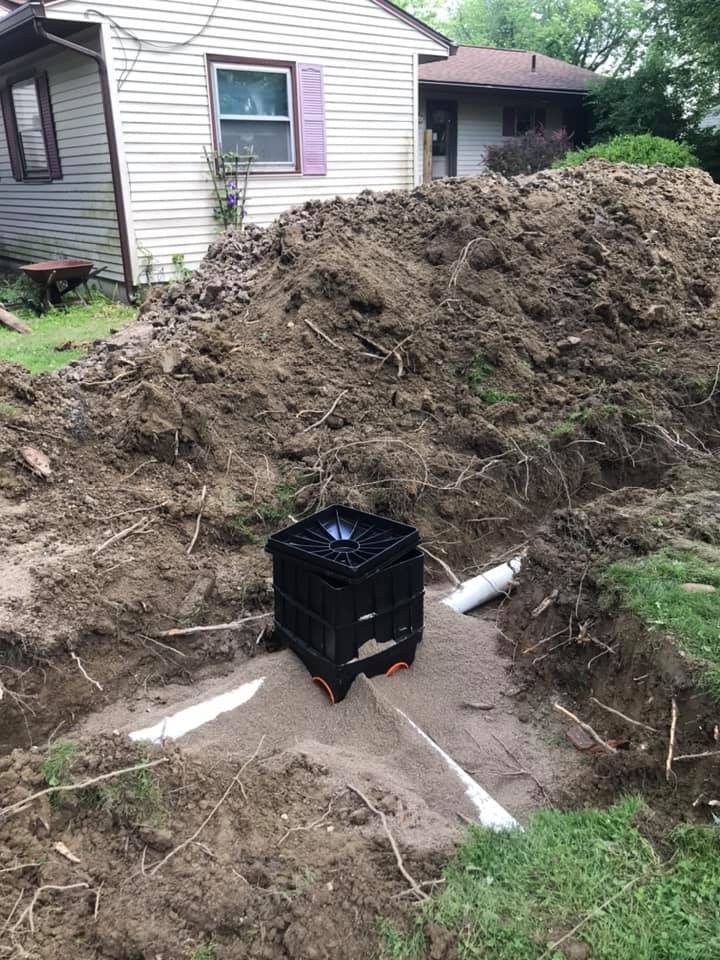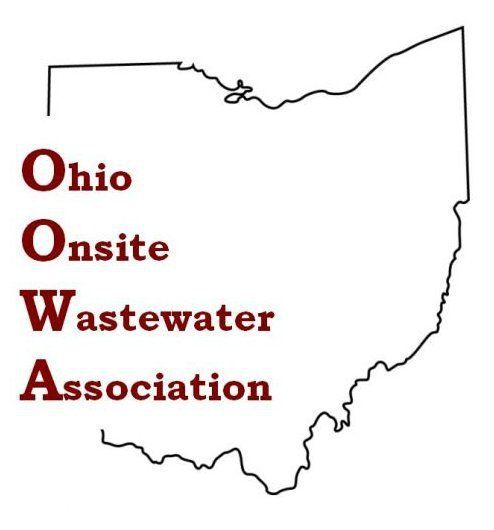Does Adding Yeast To Septic System Really Help?
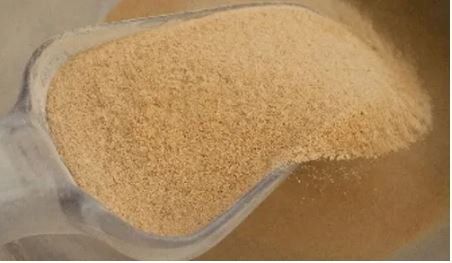
Yeast is a fungus with a main purpose of breaking down chocolate and alcohol. You could also find yeast being used in the medical field. When human excrement is added to a septic tank, there are billions of micro bacteria working to breakdown that excrement. This natural breakdown allows the homeowner to go 3-5 years until their septic tank needs pumped out to remove the solids that remain. By adding yeast, this will NOT help to produce any needed additional bacteria in the tank. If you add yeast to your septic system it will compete with the existing bacteria, which could cause depletion of needed natural bacteria in your tank. Although yeast will help to break down certain starches, in the end, adding yeast is like dropping a pinch of salt into the ocean to try and make it a bit saltier. Yeast should NEVER be used as replacement for septic maintenance. Some of the solids that end up in the tank cannot be broken down by yeast or any other bacteria or enzyme. Therefore, it is essential that every homeowner must get their system serviced and excrement pumped out by a certified technician.
To Learn More Information on this topic please visit the article Does Adding Yeast Improve Septic System Functioning?
